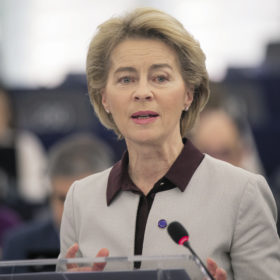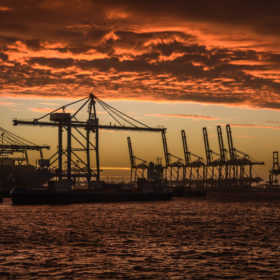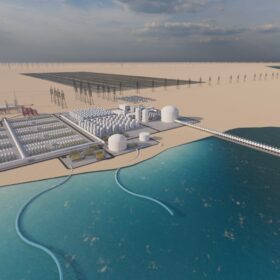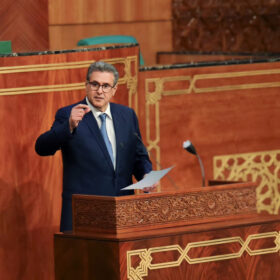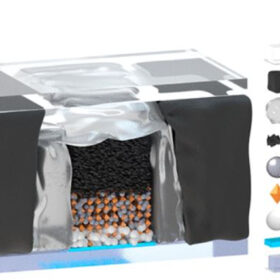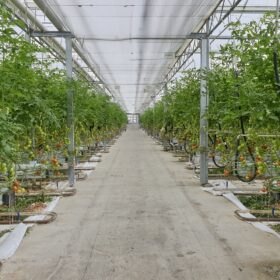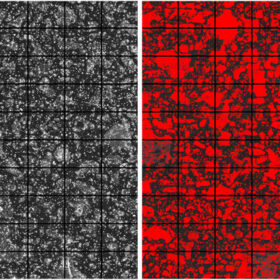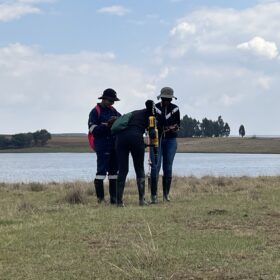The Hydrogen Stream: 20 companies ask Europe to protect electrolyzer industry
Twenty companies have signed a letter to the European Commission, calling for a shift in European industry policy and protections for the electrolyzer industry, while Germany and Morocco have signed a declaration to establish a joint climate and energy alliance.
The Hydrogen Stream: Engie confirms termination of H2Sines.Rdam project
Engie has told pv magazine that the developers of the H2Sines.Rdam installation have decided to terminate the project to produce hydrogen in Portugal and send it to the Netherlands, while Fortescue said it has opened an electrolyzer production facility in Australia.
ACWA forces offline Moroccan CSP plant following leak
ACWA Power’s preliminary analysis of a leak in the hot molten salts tank at its 150 MW solar plant in Morocco indicates a forced outage until November this year.
Morocco allocates land for green hydrogen projects
Morocco has allocated 1 million hectares for green hydrogen projects as part of its national energy strategy. The country initially plans to provide 300,000 hectare to private investors, divided into lots of 10,000 to 30,000 hectares.
The Hydrogen Stream: Morocco identifies land for green hydrogen
Morocco has presented its new hydrogen strategy, while Uniper and Phillips 66 have announced plans to launch a green hydrogen project in the United Kingdom.
New tech to remanufacture recycled perovskite solar cells
An international research team has developed a novel way to remanufacture fully encapsulated perovskite solar cells after recycling. The researchers say the devices can achieve 88% of the original efficiency of the products.
New approach to integrate PV-powered heat pumps into greenhouses
Scientists have proposed to use PV energy and heat pump-driven HVAC system in greenhouses conceived to grow tomatoes in the Mediterranean area. The system was found to have a payback time of only 2.9 years in southern Spain.
Researchers apply thresholding to PV soiling image analysis
Thresholding methods have commonly been used to characterize the soiling accumulated on glass coupons. Researchers led by the Sapienza University of Rome have identified 16 automatic thresholding methods that may be used for analyzing soiling on PV panels.
South Africa explores ‘white’ hydrogen potential
A handful of projects are now exploring for “natural” hydrogen, also known as “white” hydrogen. pv magazine speaks with Adam Bumby, associate professor of structural geology at the University of Pretoria, about the HyAfrica project and the geological strata and structures that are most suitable for hydrogen storage.
Morocco reveals bidders for 400 MW/400 MWh solar-plus-storage tender
Morocco has announced the pre-qualified bidders for the 400 MW Noor Midelt III solar project, with 400 MWh of battery storage.
